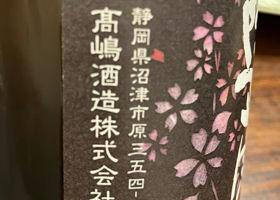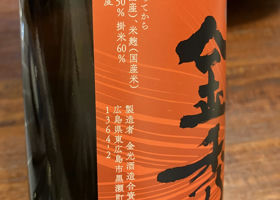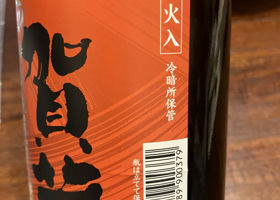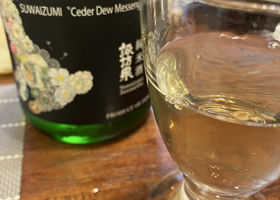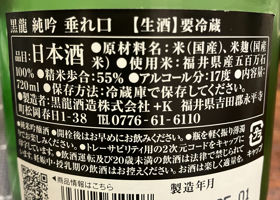

kiko
It was a hot day with early summer weather, and summer sake has started arriving at liquor stores. Tonight we had a Junmai Ginjo from Minami with a pink label, which is typical for this time of year.
Minami is known for its dry taste, but it is surprisingly rich in sweetness. It is refreshing to drink with just a little gas remaining. The second half of the bottle had a dry aftertaste and was as strong as the samgyeopsal.
Japanese>English






